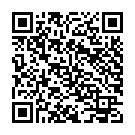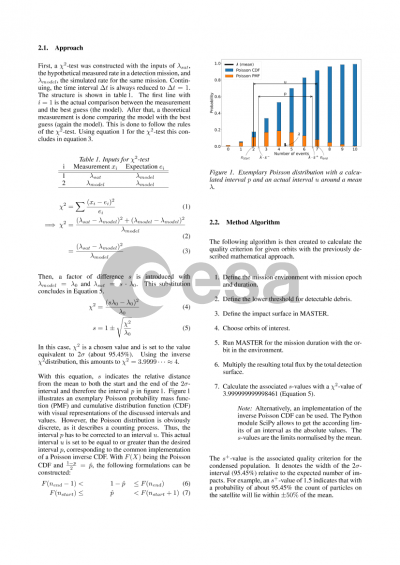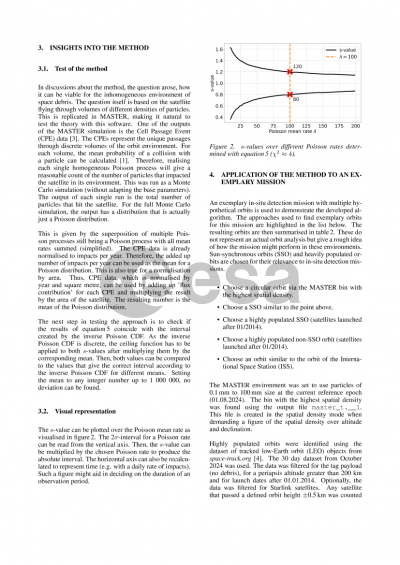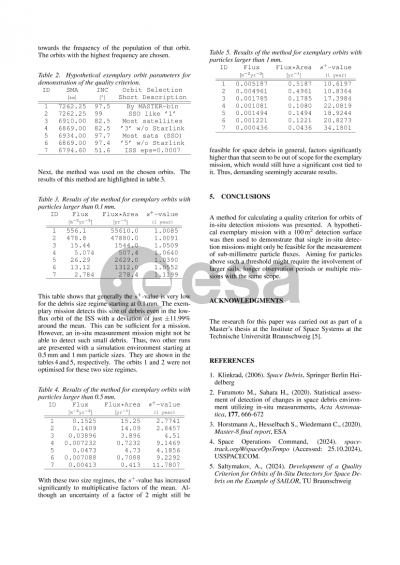Document details

Abstract
Space debris that is too small to be reliably tracked with current technology must be modeled. Such models (e.g. MASTER) have two main pillars in their development and validation: ground-based and space-based data. Ground-based data is collected with high-performance optical and radar sensors. Measurements from ground-based sensors (e.g. Tracking and Imaging Radar (TIRA) ) can be bought on demand. Space-based data is much more scarce. ESA plans to launch a space-based impact detection mission by the end of this decade. This requires a detailed search for the best fitting orbit for the mission. This work commences this search with a quantitative metric for orbits of space-based impact detection missions. The general approach is to describe the statistics of the impacts of space debris for such missions and draw conclusions from those.
The random process of space debris impacting a satellite can generally be modeled as a Poisson process. The real process is non-homogeneous as the spatial density of particles in Earth's orbit is non-homogeneous. However, the resulting distribution is a typical Poisson distribution centered around an expected number of impacts.
The expected amount of impacts for a space-based sensor with a defined orbit can be computed with MASTER. The 2-sigma interval (approximately 95.45%) around this mean describes an interval in which the actual measurement will likely land. The width of this interval is considered to be the uncertainty of the measurements taking into account the randomness of the space debris environment. Other factors, such as particle clouds due to fragmentation events in the space debris environment or uncertainties due to the sensor itself, are not taken into account in this metric.
In this work, this metric is calculated using a simple analytical equation, which is derived from the chi-square test. This is inspired by Furumoto and Sahara, who calculated the difference in results between two measurements that leads to the assumption that the flux changes between them. Their approach is modified in this work to show the numeric difference between a model and the result of the measurement. After some restructuring of the calculation, this leads to an r-value which represents the width of the 2-sigma interval. This is validated with iteratively calculated intervals.
Furthermore, this r-value is demonstrated using a mission scenario that takes place from 2029 to 2032 using a 100 m2 impact detection surface (inspired by the equivalent ESA mission SAILOR). For the smallest particles that the mission can detect, different sizes are assumed. Additionally, some consideration is given to the implications of the results for the size regimes of particular interest.
The main achievement is recapped as follows: Assuming the process of continuous impacts of space debris results in a Poisson distribution, the width of the 2-sigma interval normalized by the mean is considered to be a useful metric for the selection of orbits for in-situ detection missions. This interval is described using a simple analytical equation.
The main work of this study has been conducted in an internship at the Space Debris Office at ESOC, which ended in a Master's thesis at TU Braunschweig. This paper is derived from this Master‘s thesis.
Preview





